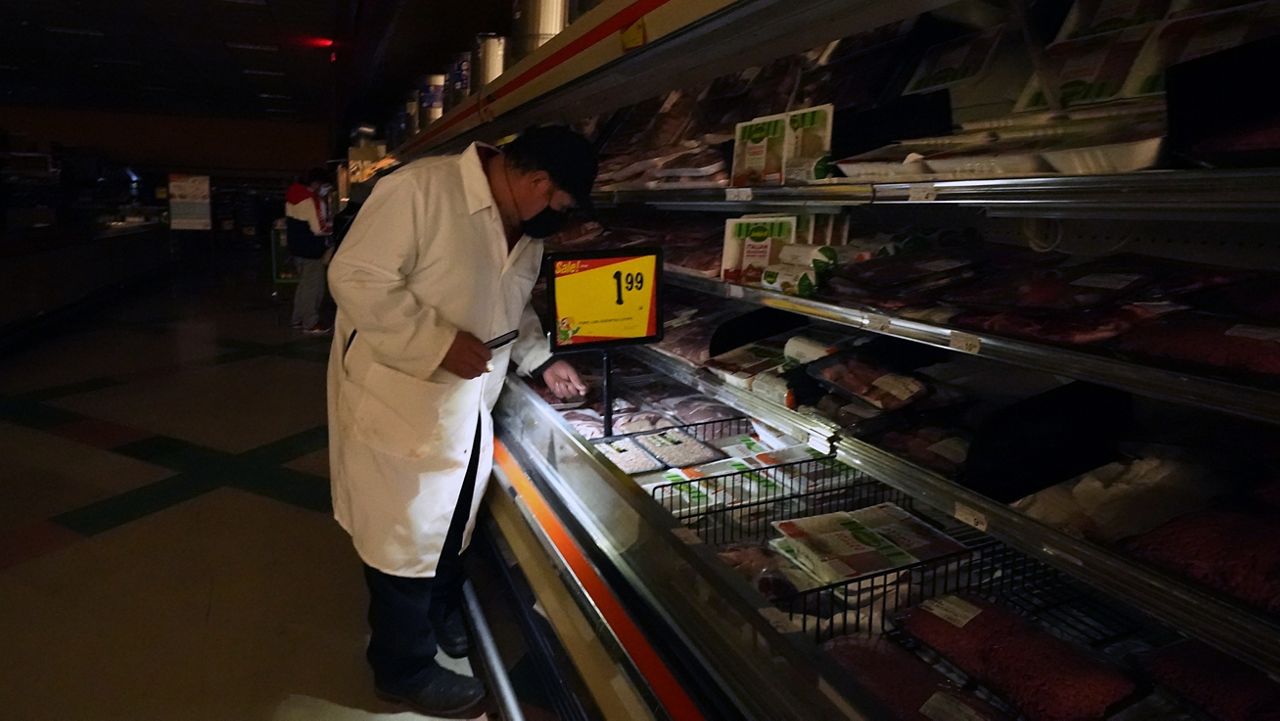AUSTIN, Texas — A multi-layer map of infrastructure critical to the Texas electric industry — requested by the Legislature and drafted to avoid blackouts like those during the February 2021 winter storm — has been adopted by a multi-agency committee.
That storm resulted in more than $5 billion in damages and an estimated 246 deaths. Many of the most serious outages were caused by the inability of electric generators to access available and unfrozen natural gas supplies.
The new Electricity Supply Chain map identifies 65,000 facilities across the state, including electricity generation plants, electric substations, natural gas processing plants, underground gas storage facilities, oil-and-gas well leases and saltwater disposal wells. It also charts over 21,000 miles of gas transmission pipelines and approximately 60,000 miles of power transmission lines.
The map, because of its sensitive information on critical infrastructure, will not be publicly available. When the map was discussed at the Texas Electricity Supply Chain Security and Mapping Committee in January, Tom Hunter, general counsel to the Public Utility Commission, said the map addressed three areas: identify the infrastructure needed to operate the electric grid across the state; create a system to communicate when parts of that infrastructure failed; and recommend best practices to prepare the electric and gas industries to weather storms like Winter Storm Uri.
“Much work has been done by all the agencies that convened: the Railroad Commission, the PUC, ERCOT and TDEM,” said Hunter of the information collected and consolidated. “The PUC, ERCOT and the Railroad Commission have also entered into a memorandum of understanding to share this data, much of which is confidential.”
The map, which is considered to be a living document, will continue to be updated twice a year. It also will serve as a jumping off point for discussion with electric utilities about adequate supply chains. Hypothetically, it also will allow the quick re-routing of resources during electric emergencies.
“This map will save lives in Texas,” said Thomas Gleeson, Public Utility Commission of Texas Executive Director and chair of the mapping committee. “Our agencies have collected an enormous amount of critical information in one place, available to state emergency officials with a click of a mouse. That means better coordinated preparedness before a disaster and faster response times in an emergency, to protect the Texas grid.”
TDEM, the Texas Department of Emergency Services, will play an expanded role in future power outages. Besides the layers of critical infrastructure, the map includes TDEM management regions, emergency contacts for facilities and a visualization of weather watches and warnings.
Creation of the Electric Supply Chain map was required under Senate Bill 3, passed during the last regular session. Other provisions of the bill include the creation of an alert system for significant power outages, requires a broader range of emergency operational plans and establishes the Texas Electric Reliability Council to guarantee high-priority human needs are met during major power events.



